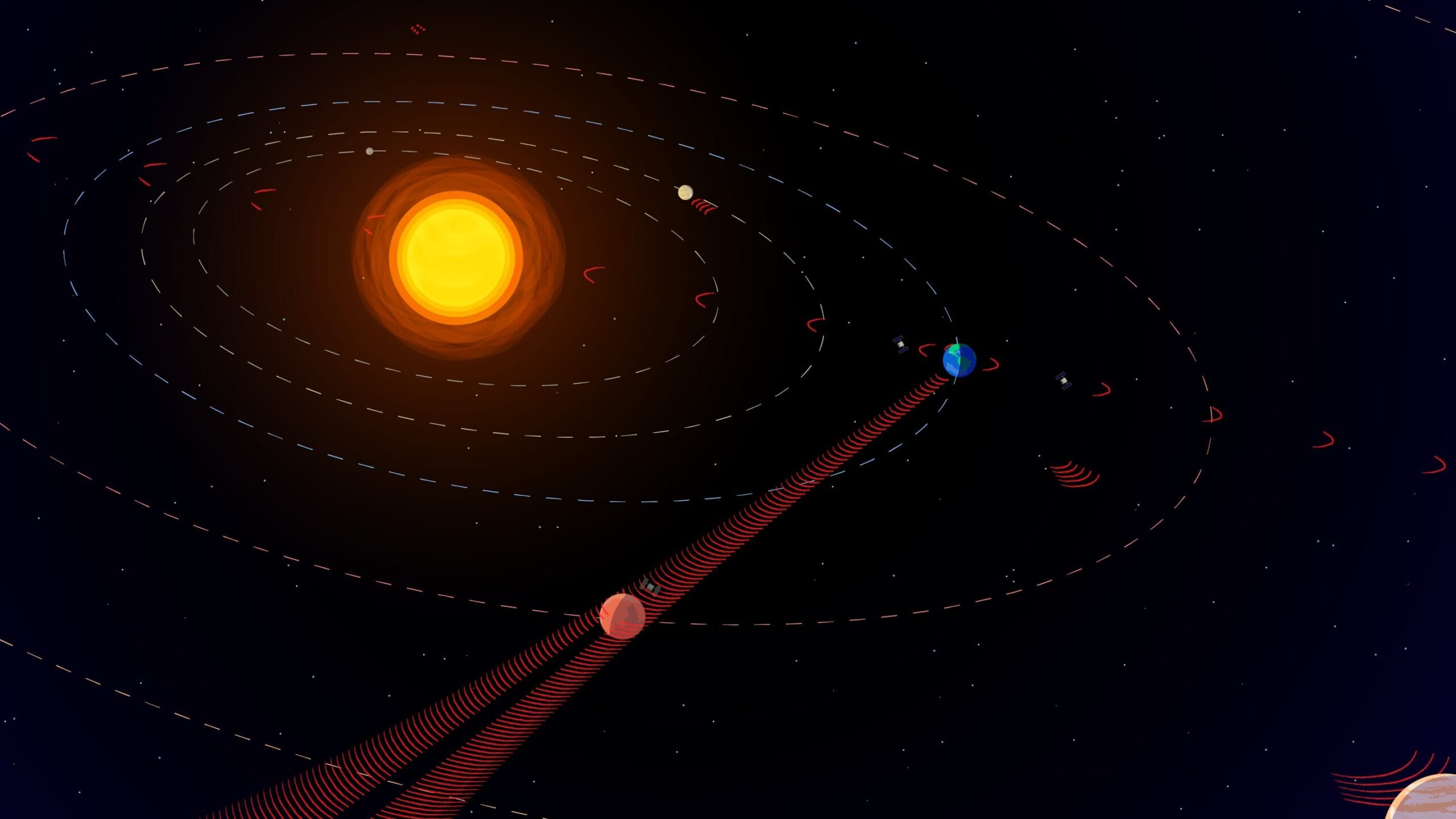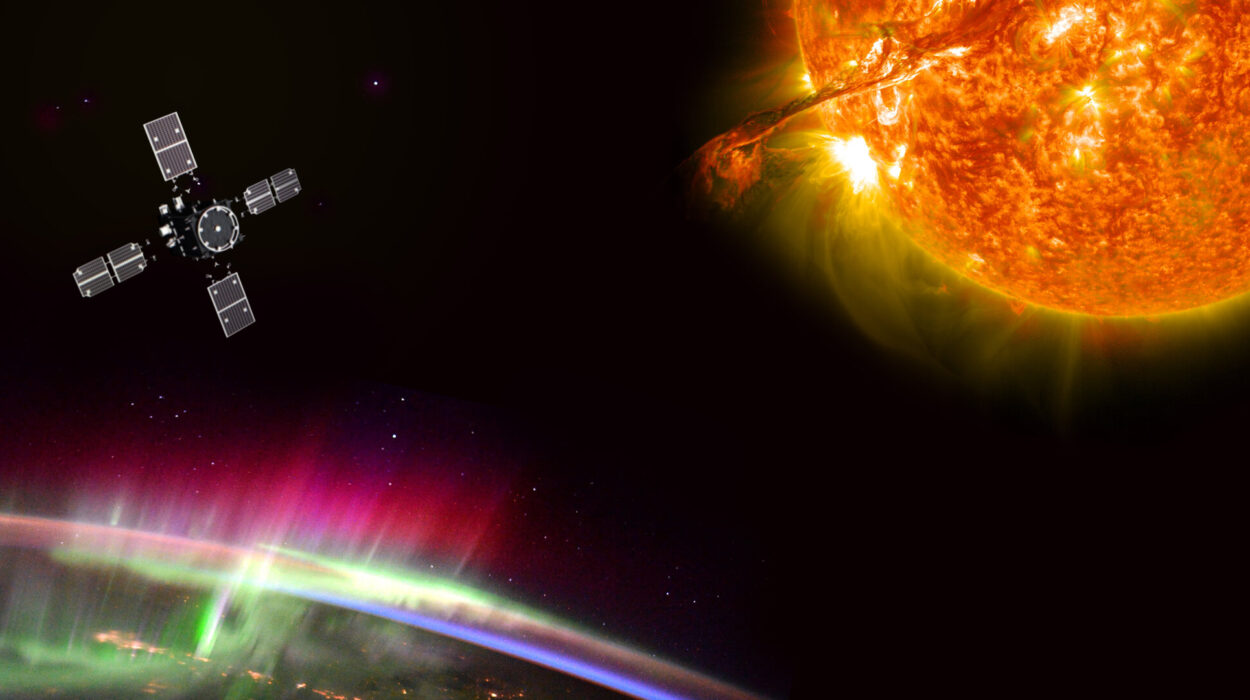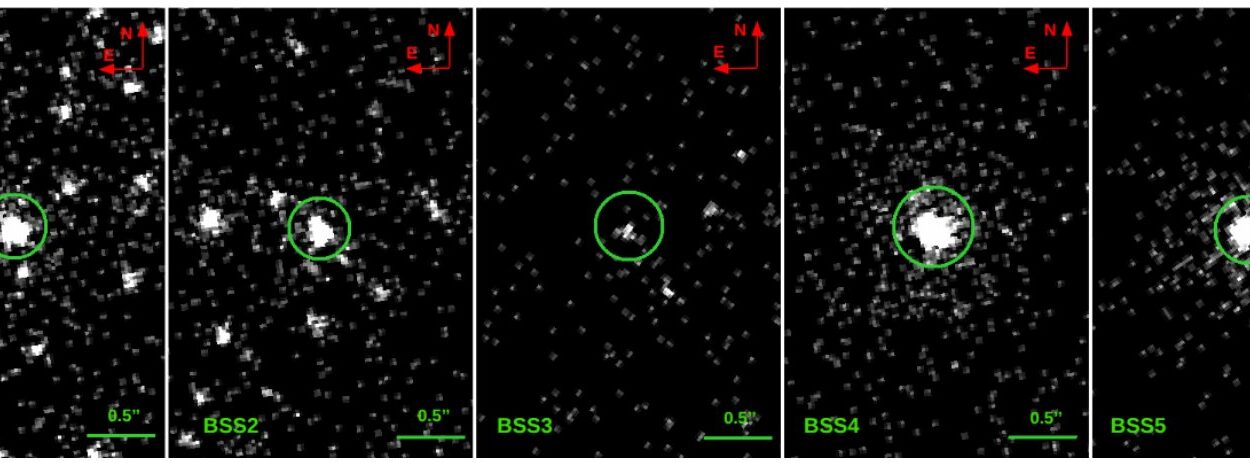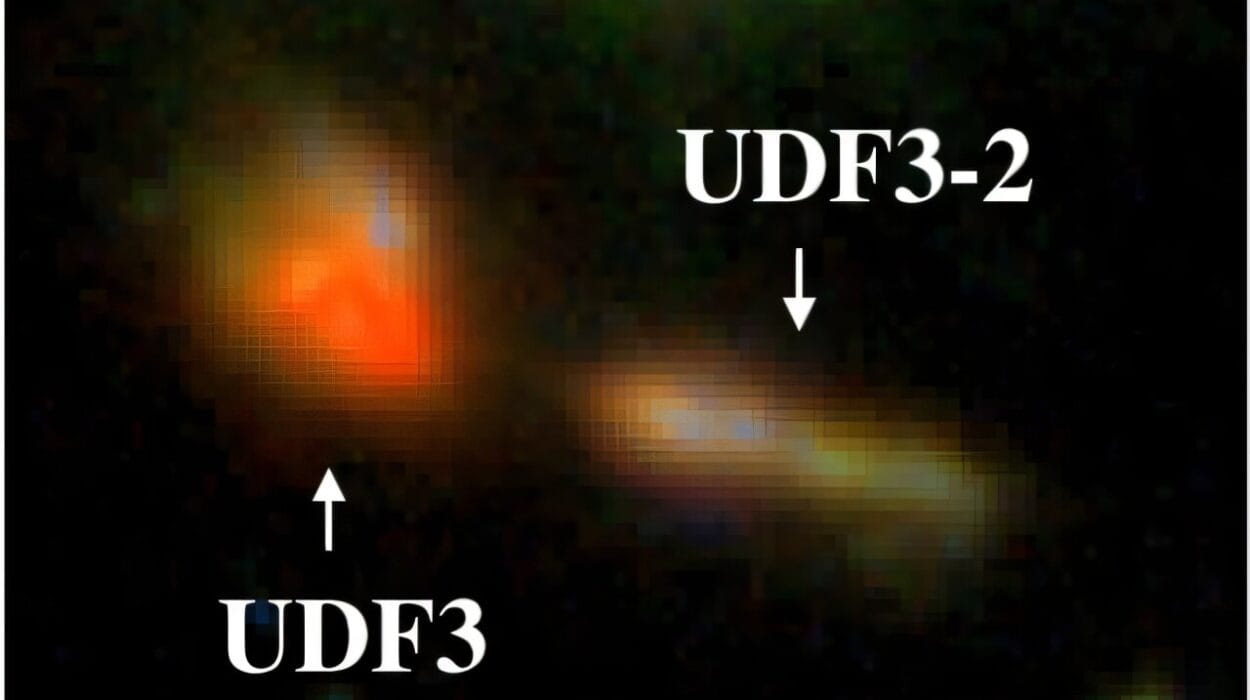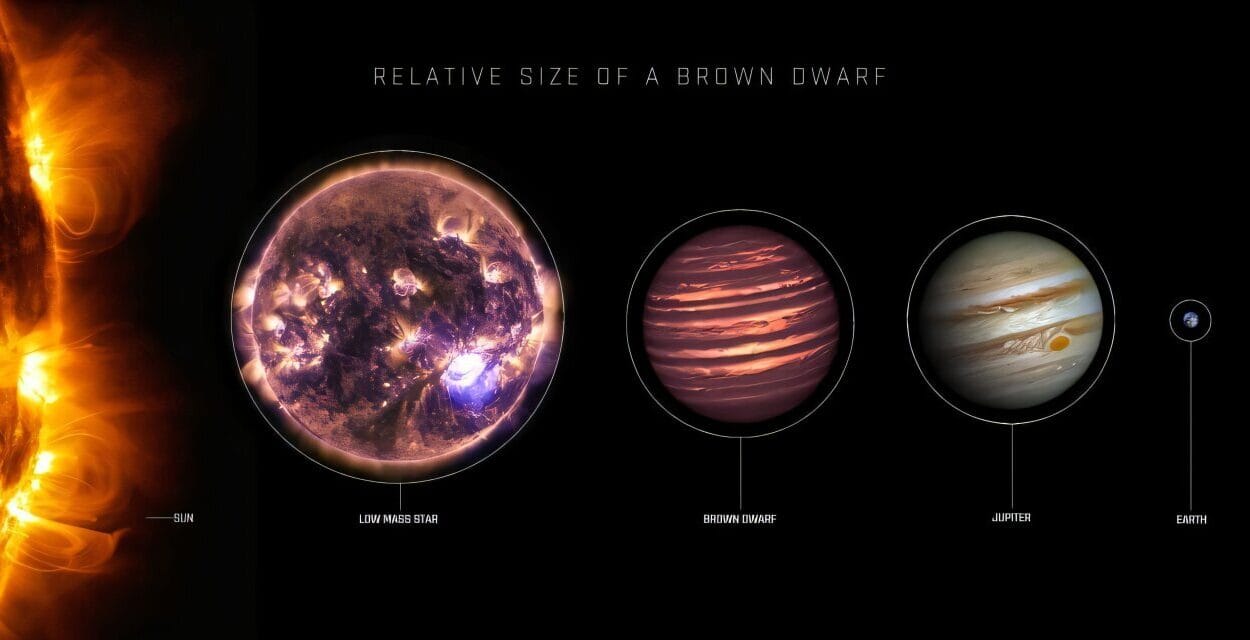If intelligent beings beyond our solar system are listening, what might they hear? For decades, scientists have wondered whether our radio chatter, television broadcasts, and spacecraft commands might leak out into the galaxy, leaving behind a trail of signals that could reveal humanity’s presence. But if extraterrestrial intelligence exists, when and where should they look to catch us in the act of communicating?
A new study by researchers at Penn State University and NASA’s Jet Propulsion Laboratory (JPL) in Southern California has brought us closer to answering that very question. By carefully analyzing logs of radio transmissions from Earth to spacecraft over the last two decades, the team found distinct patterns—moments and places in which our signals are most likely to spill into the cosmos. And intriguingly, these patterns might not only guide alien observers to us but also help humanity refine its own search for life among the stars.
The Invisible Beacons We Send
Most people imagine alien civilizations discovering us through old television sitcoms drifting across the galaxy. But in reality, our strongest and most consistent beacons are not entertainment broadcasts. They are the commands and data streams we send to the robotic explorers that travel the solar system on our behalf.
“Humans are predominantly communicating with the spacecraft and probes we have sent to study other planets like Mars,” explained Pinchen Fan, a graduate student in astronomy and astrophysics at Penn State and the lead author of the study.
Whenever engineers at NASA or other space agencies beam a signal toward a probe on or around Mars, most of the energy hits its target. But radio waves don’t stop neatly at their destination. They spill outward into space. From the perspective of an alien world light-years away, Earth’s transmissions may appear as occasional flashes of radio light when our planet aligns with Mars—or with another world we’re actively studying.
In other words, the geometry of planetary alignment doesn’t just matter for astronomy—it could matter for interstellar eavesdropping too.
Mining the Deep Space Network
To uncover humanity’s radio footprint, the researchers turned to an invaluable archive: NASA’s Deep Space Network (DSN). This worldwide system of giant antennas—located in California, Spain, and Australia—forms the communication backbone between Earth and its robotic explorers. Without it, missions like Voyager, New Horizons, and the James Webb Space Telescope would be unable to relay their discoveries back home.
By analyzing DSN logs stretching back 20 years, the team could reconstruct the timing, direction, and frequency of signals sent into deep space. Each log entry captured humanity’s half of a cosmic conversation—commands telling spacecraft what to do, data uploads, or software patches.
“NASA’s Deep Space Network provides the crucial link between Earth and its interplanetary missions,” said Joseph Lazio, project scientist at JPL and a co-author of the study. “It sends some of humanity’s strongest and most persistent radio signals into space, and the public logs of its transmissions allowed our team to establish the temporal and spatial patterns of those transmissions.”
The researchers deliberately focused on communications with deep-space missions, not the countless weaker transmissions to satellites in low-Earth orbit. Those signals, while numerous, are much fainter and unlikely to travel far enough to be noticed by an alien civilization.
The Cosmic Spotlight of Planetary Alignments
The results revealed something striking. Most of humanity’s strongest deep-space transmissions have been directed toward spacecraft near Mars. Other common targets include spacecraft at special orbital regions called Lagrange points, where the combined pull of Earth and the Sun keeps observatories like the James Webb Space Telescope balanced in place.
By mapping these transmissions, the researchers calculated the likelihood that an alien observer in a random location could intercept one of our signals. They found that if a distant civilization happened to be in line with Earth and Mars during a communication session, there was a 77% chance they would catch a signal. If the alignment involved Earth and another planet, the probability dropped to about 12%. Outside such alignments, the odds became vanishingly small.
In short, our radio presence is not a constant glow. It is more like a strobe light, blinking most brightly when Earth and another planet form a straight line in space.
Lessons for Our Own Search
What does this mean for humanity’s ongoing search for extraterrestrial intelligence, known as SETI? According to the researchers, it suggests that we should adopt the same logic when searching for alien technosignatures. Instead of scanning the sky at random, we might focus on systems where planets align with their stars—or with each other—relative to Earth’s line of sight.
Astronomers already use such alignments, known as transits, to detect exoplanets. When a planet crosses in front of its star, the star’s light dims slightly, revealing the planet’s presence. But these alignments may also represent the best times to eavesdrop on alien radio chatter, if extraterrestrial civilizations use a similar pattern of planetary communications.
“With the upcoming launch of NASA’s Nancy Grace Roman Space Telescope, we expect to detect a hundred thousand previously undetected exoplanets,” Fan said. “That greatly increases our potential search area.”
How Far Could We Be Heard?
Even with our most powerful transmissions, Earth is not yet a galactic lighthouse. The team calculated that signals from the Deep Space Network could be detected with instruments comparable to our own radio telescopes only out to about 23 light-years. That distance encompasses a few dozen star systems, some of which are known to host exoplanets. Beyond that range, our voice fades into the static of the cosmos.
Still, for any civilization within that radius and aligned with our orbital plane—the “dinner plate” on which the solar system’s planets sit—our signals may be detectable. The researchers now aim to identify which nearby star systems fall into this window of opportunity and how often they might have been exposed to our transmissions.
Beyond Radio: The Future of Laser Communication
The study also hints at a new frontier. NASA is already testing laser-based communication systems for future interplanetary missions. Unlike radio waves, lasers produce narrow beams with much less spillover. If humanity shifts toward lasers, our interstellar “leakiness” might actually decrease, making it harder for aliens to stumble upon our signals.
Of course, an advanced extraterrestrial civilization might also prefer lasers to radio. If so, applying the same geometric alignment strategy could guide searches for brief flashes of light—interstellar laser pulses—that might serve as alien technosignatures.
A Mirror for Humanity
While the study offers practical insights for SETI, it also provides a humbling perspective on ourselves. Humanity has only just begun its spacefaring journey, and already we are leaving a detectable mark, however faint, on the universe around us.
“Using our own deep space communications as a baseline, we quantified how future searchers for extraterrestrial intelligence could be improved by focusing on systems with particular orientations and planet alignments,” said Jason Wright, director of the Penn State Extraterrestrial Intelligence Center.
Every time we beam instructions to a rover on Mars or receive data from a spacecraft at the edge of the solar system, we are not just talking to our machines. We are, perhaps unknowingly, whispering into the galaxy.
Listening for an Answer
The question that remains is whether anyone is out there to listen. Could a civilization orbiting a nearby star already have noticed our faint, rhythmic transmissions? Could they be debating what kind of species sends such signals—whether we are primitive, dangerous, or worth contacting?
So far, the silence of the cosmos continues. But thanks to research like this, we now have a clearer idea of where and when to listen. In a universe as vast as ours, narrowing the search is no small victory.
One day, perhaps, the whisper of our spacecraft commands will be answered by a voice from the stars.
More information: Detecting Extraterrestrial Civilizations That Employ an Earth-level Deep Space Network, The Astrophysical Journal Letters (2025). DOI: 10.3847/2041-8213/adf6b0
